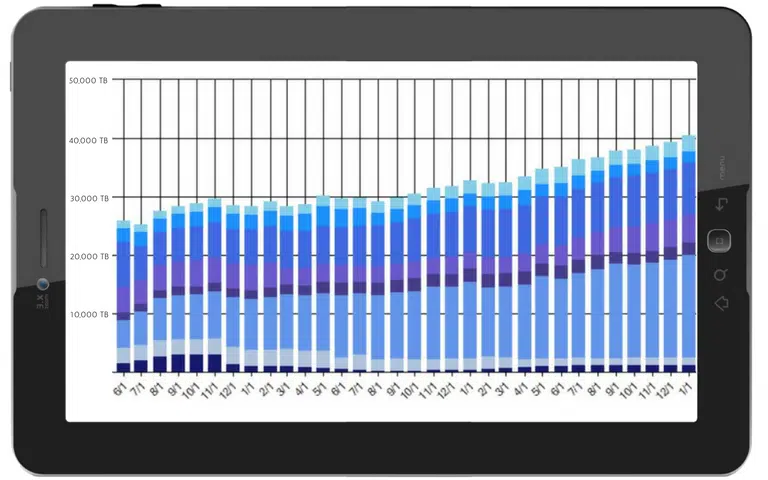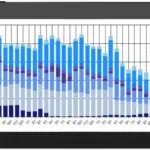Industry
Healthcare
Background
A hospital group needed a solution to help them monitor backup efficacy while offering them guidance on evolving their backup procedures to reduce the need for backup server capacity purchases.
Results
- Achieved a 50% reduction in backup server data transfers while growing data storage by 60%.
- Validated the efficacy of evolved backup strategies.
- Eliminated need for additional server purchases.
Background
A major US hospital group’s internal data security and backup team was responsible for managing backups that fully complied with organization and HIPAA regulations while keeping overhead costs as low as possible. Working in a resource-constrained environment, the team knew they had to manage their backup volume and minimize infrastructure usage.
This was a tall order given ever-increasing patient data coupled with bursts of new data introduced from smaller health institution acquisitions. The backup team was looking for a solution that helped them balance two needs. First, they needed a way to effectively monitor backup efficacy. Second, they needed help revising their backup procedures to decrease backup capacity usage and reduce backup server capacity purchases.
Solution
With over 70 pre-built reports, Bocada offers data protection teams a real-time view of their backup environments. Included are two reports that, when used in tandem, offer visibility into backup storage capacity usage and backup volume trends.
The Backup Trends Report helps you plan enterprise capacity needs by visualizing the amount of data being backed up at any given time. When run over a historical period, you can see how your organization’s data backup is growing. Meanwhile, the Occupancy Trends Report offers a clear cut view of the amount of storage capacity being used. This can be viewed at the overall backup environment level, as well as more micro levels, to see which areas are the biggest sources of storage consumption.
Viewing the results of these reports over a period of time can signal a need to evolve your backup procedures if backup needs are outpacing infrastructure capabilities such as backup server performance, network bandwidth, and storage capacity. Further, Bocada reports can help verify if changes in your backup strategy are leading to desired results.
Results
Over the course of two years, the hospital’s backup team watched their data grow from approximately 2,000 TB to nearly 3,500 TB via the Occupancy Trends Report. At this rate of growth, they knew they would outgrow their backup server capacity and infrastructure. However, with a directive in place to minimize capital expenditures, buying additional servers was not a viable option.

As a result of the Occupancy Trends Report, the team evolved their backup strategy with new protocols around partial and differential backups. By pinpointing particular servers or targets that always required full backups based on regulatory requirements while allocating partial or differentials to less critical data, the team developed a backup approach to decrease the overall impact on the backup servers.
Several months after implementation, the hospital’s team used Bocada’s Backup Trends Report to confirm that their efforts were bearing fruit. They went from using over 8,000 TB of storage capacity to back up their servers to less than 4,000 TB in less than one year. Not only did the team validate their new backup strategy but they also eliminated the need for additional server purchases.
